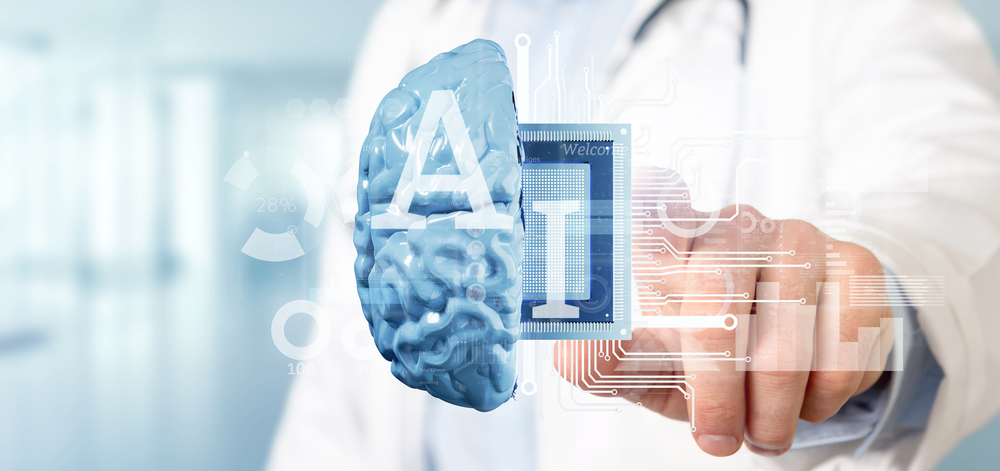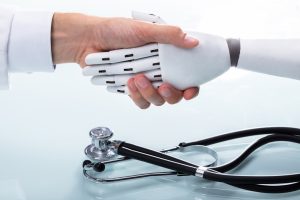
Written by Laura-Jane Evans
Taking the decision to move your loved one into a care home can be really tricky. They might object to the idea, or you might feel that you’re failing in your responsibilities to them. The truth is that the right care home can improve the quality of life for your loved one, and make it easier for you, allowing you to enjoy the time you spend with them rather than filling it with caring tasks. With over 1.3 million residents in care homes in the US, it’s clear that this is a decision many people will have to make at some point.
But choosing the right care home is a crucial part of the process. Every place will offer something slightly different, so it’s important to take your time and consider the options carefully so that everyone is happy. Let’s explore some of the factors you should consider.
Take time to understand what care they need
Sometimes, taking the decision to look at care homes is just the result of deteriorating health, but in many cases, it’s triggered by a feeling of overwhelm following a fall or something similar. This can make it hard to think carefully about what care your loved one needs, and if the home you’re looking at can offer that. If you feel that you need to move your family member urgently, you’ll feel under pressure to choose a place quickly.
However, taking the time to understand the care that they need is really important. Do you need to look for a specialist care home for a certain medical condition? Will they need ad-hoc support or around-the-clock care? Are they likely to need care at night? Will they have the chance to be independent if they want to, or does every resident get treated the same?
You can write down your own answers to these questions, but also make sure to ask your loved one if possible, or any carers you already have visiting on a daily basis. You can then use this list as a criteria for narrowing down your choices.
Consider the future
As well as understanding the care your loved one needs now, you’ll also need to consider what things might look like in the future. Unfortunately, things can deteriorate rapidly, and it might be wise to choose a care home that offers different levels of care as and when needed.
For example, if your relative only needs once-per-day check-ins now, but might need them more regularly in the future, make sure that is an option. It’s highly disruptive to move someone once they’re settled at a care home – and on the other end of the scale, you don’t want to force them to have full-time care and lose their independence if they don’t need it. Independent living is particularly vital for seniors, as it gives them a sense of control and purpose, as well as supporting their memory skills.
Look at the location of any potential care homes
The location of a care home is important for two reasons: proximity to family and friends, and proximity to local services if your loved one is able to use them. Firstly, you’ll want to make sure that your relative can have plenty of visitors if they’d like them, which means choosing a place that’s either close to as many people as possible, or has good transport links to enable them to get there easily. Part of the resistance to moving into a care home sometimes stems from the fear of being isolated and lonely, so do your best to combat this from the start, so it isn’t a barrier.
Secondly, not everyone who moves into a care home needs to remain in their room or in the home 24/7. Depending on their health, they may be able to go on planned excursions to the local town or the surrounding area. Care homes that are close to towns or other attractions are more likely to offer these sorts of trips, so consider this when making your choice. This may make moving into a care home more attractive to your loved one, especially if they can’t currently manage these sorts of trips themselves.
Meet the staff team
If you’re looking at care homes, it’s understandable that you’d want to ensure that the people who are looking after your loved one are kind, well-trained and compassionate. After all, they would be taking your place when you’re not there. So, when trying to decide if a care home is right for your family member, make sure you take the time to speak with the manager of the homes you’re considering, and visit in person if possible.
Care workers need to be dependable, good communicators and trustworthy, so look out for these traits in the staff when you make your visit. If they seem unorganized, unable to answer your questions, or like they’re rushing through their tasks, the home might not be the right fit.
Speak to your loved one
If your loved one is well enough to give input into this decision, then make sure to include them. This is a big change that will impact every part of their life, so whilst you might be taking the lead in making enquiries, they need to feel like they have a chance to contribute to the discussion. No one likes to feel blindsided, so before you make any commitments, make sure that you have their input about what they would like from their new home. By doing so, you are showing them that you see them as an individual, and give them the respect they deserve.
Author bio: Laura-Jane Evans
Having trained as a care worker initially, Laura-Jane now works in the community to provide social events and talks for seniors from surrounding nursing homes. She believes that everyone has the right to good care.
Please also review AIHCP’s Case Management Certificate program and see if it meets your academic and professional goals. These programs are online and independent study and open to qualified professionals seeking a four year certification.

 Written by Veronica Turner
Written by Veronica Turner Written by Veronica Turner
Written by Veronica Turner





 Written By: Dominick L. Flarey, Ph.D., RN-BC, NEA-BC, FACHE
Written By: Dominick L. Flarey, Ph.D., RN-BC, NEA-BC, FACHE Compliance to Health Care Management
Compliance to Health Care Management
